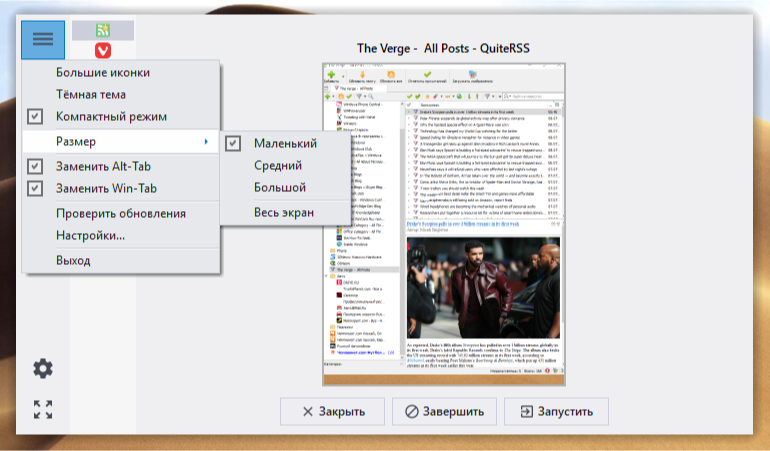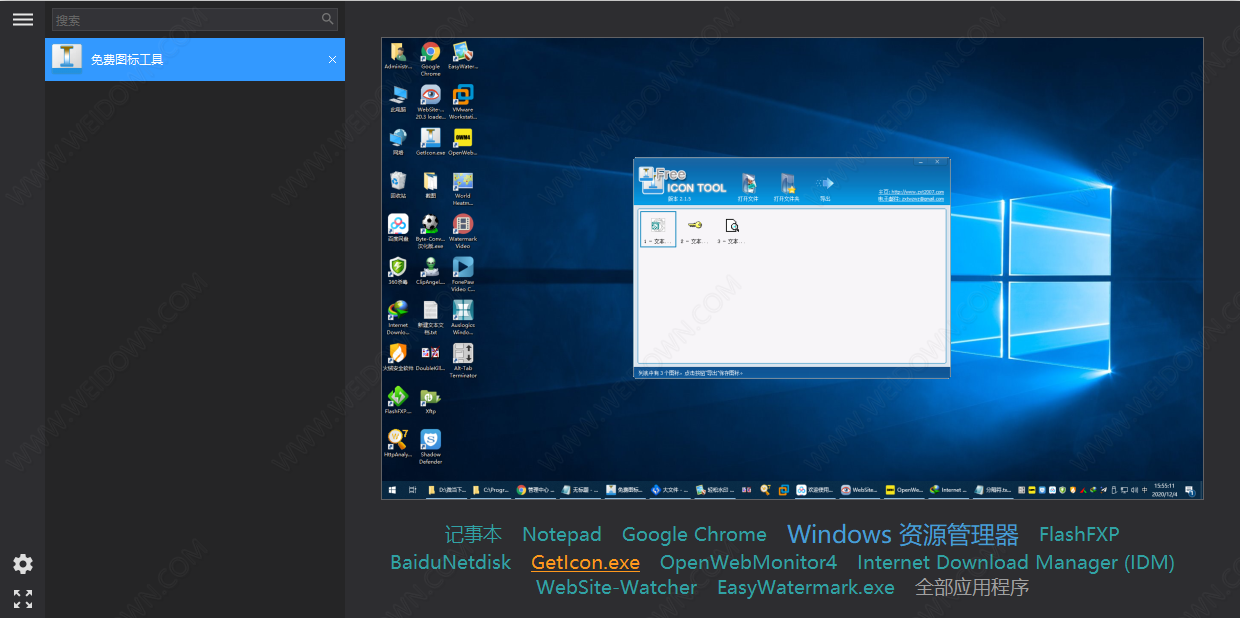
To install and start SQL Developer, you simply download a ZIP file and unzip it into a desired parent directory or folder, and then type a command or double-click a file name. Section 1.21, "Oracle TimesTen In-Memory Database Support"ġ.1 Installing and Getting Started with SQL Developer Section 1.20, "Data Modeler in SQL Developer" Section 1.19, "Location of User-Related Information" Section 1.18, "SQL Developer Preferences" Section 1.16, "Application Express Listener Administration" Section 1.15, "Change Manager Support in SQL Developer" Section 1.14, "Spatial Support in SQL Developer" Section 1.13, "Deploying Objects Using the Cart" Section 1.12, "Scheduling Jobs Using SQL Developer" Section 1.11, "Using DBA Features in SQL Developer" Section 1.8, "Using Snippets to Insert Code Fragments" Section 1.6, "Running and Debugging Functions and Procedures" Section 1.5, "Entering and Modifying Data" Section 1.2, "SQL Developer User Interface" Section 1.1, "Installing and Getting Started with SQL Developer" This chapter contains the following major sections: You can connect to schemas for selected third-party (non-Oracle) databases, such as MySQL, Microsoft SQL Server, Sybase Adaptive Server, Microsoft Access, and IBM DB2, and view metadata and data in these databases and you can migrate third-party databases to Oracle. Once connected, you can perform operations on objects in the database.

You can connect to any target Oracle database schema using standard Oracle database authentication. You can browse, create, edit, and delete (drop) database objects run SQL statements and scripts edit and debug PL/SQL code manipulate and export (unload) data and view and create reports.

Oracle SQL Developer is a graphical version of SQL*Plus that gives database developers a convenient way to perform basic tasks. See for information about downloads and documentation. You are encouraged to use the latest available release.

This book is for an old release of SQL Developer.


 0 kommentar(er)
0 kommentar(er)
